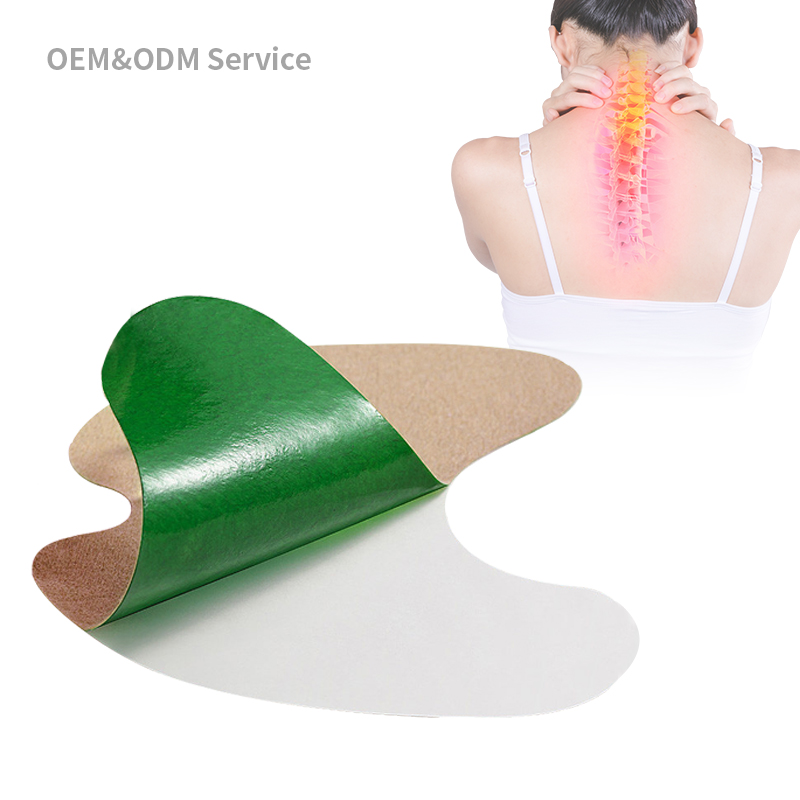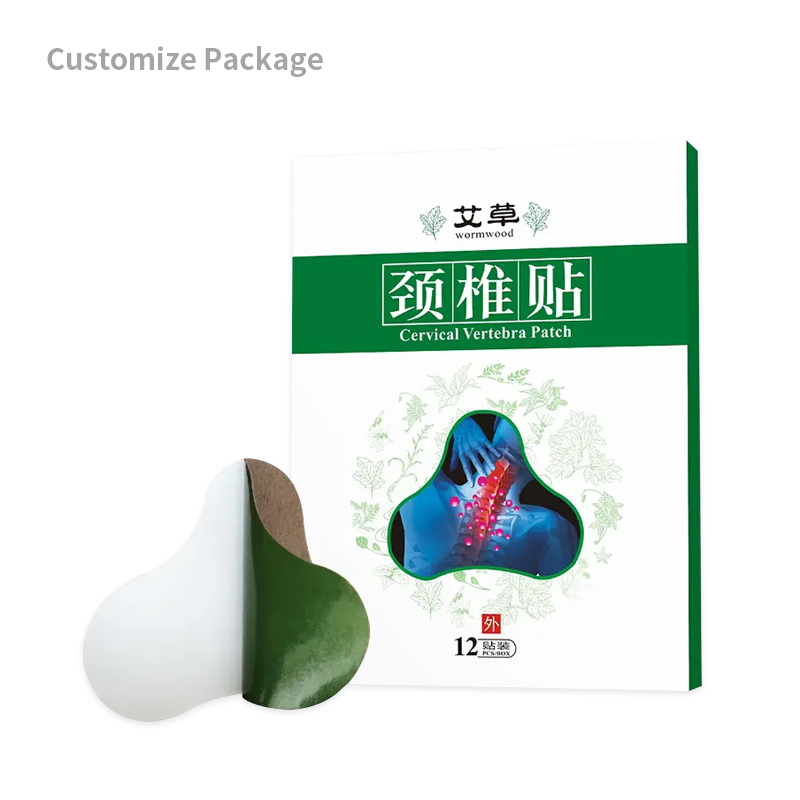What Should I Include in a Contract with an OEM Partner for Cervical Vertebra Pain Relief Patches?
When partnering with an OEM for the development and production of cervical vertebra pain relief patches, it is essential to have a comprehensive contract that clearly defines the terms and conditions of the collaboration. This guide will discuss the critical components that should be included in such a contract to ensure a successful and mutually beneficial partnership.

Key Components of an OEM Contract for Cervical Vertebra Pain Relief Patches
1. Scope of Work
The contract should begin with a detailed description of the scope of work, outlining the responsibilities and deliverables of both parties. This section should include:
- Design and Development: The specific tasks the OEM will undertake, such as design, prototyping, formulation development, and testing.
- Manufacturing: Details on the manufacturing process, including production volumes, timelines, and quality control measures.
- Regulatory Compliance: The OEM’s role in ensuring the product meets regulatory standards and obtaining necessary certifications.
2. Specifications and Requirements
Clearly define the specifications and requirements for the cervical vertebra pain relief patches. This includes:
- Product Specifications: Detailed descriptions of the product’s dimensions, materials, active ingredients, and packaging.
- Quality Standards: The quality standards the product must meet, such as ISO 13485 or other relevant certifications.
- Testing Requirements: The types of tests that need to be conducted to ensure product safety and efficacy.
3. Intellectual Property Rights
Intellectual property (IP) rights are a critical component of any OEM contract. This section should address:
- Ownership of IP: Clarify who owns the intellectual property rights for the product design, formulations, and any proprietary technologies.
- Licensing Agreements: If applicable, outline any licensing agreements or royalties that may be involved.
- Confidentiality: Ensure both parties agree to keep proprietary information confidential and include non-disclosure agreements (NDAs) as needed.
4. Payment Terms
Clearly outline the payment terms to avoid any misunderstandings. This section should cover:
- Pricing: The cost of design, development, and manufacturing services.
- Payment Schedule: When payments are due, such as upon signing the contract, at key milestones, and upon final delivery.
- Payment Methods: Accepted payment methods, such as wire transfers, credit cards, or other agreed-upon methods.
5. Timelines and Milestones
Establish clear timelines and milestones to ensure the project stays on track. This should include:
- Project Timeline: A detailed timeline outlining each phase of the project, from initial design to final production.
- Milestones: Key milestones that must be met, such as prototype completion, regulatory approval, and production start dates.
- Deadlines: Specific deadlines for each deliverable to ensure timely completion of the project.
6. Quality Assurance and Control
Quality assurance and control are vital to ensure the cervical vertebra pain relief patches meet the required standards. This section should include:
- Quality Control Procedures: Detailed procedures the OEM will follow to ensure product quality.
- Inspection and Testing: The types of inspections and tests that will be conducted and the frequency of these checks.
- Non-Conformance: Procedures for handling non-conforming products, including rework, replacement, and penalties.
7. Regulatory Compliance
Ensuring regulatory compliance is crucial for medical devices. This section should outline:
- Regulatory Responsibilities: The OEM’s responsibilities in obtaining necessary certifications and approvals.
- Documentation: The documentation required to demonstrate compliance with relevant regulations.
- Audits: The possibility of regulatory audits and the OEM’s role in supporting these audits.
8. Communication and Reporting
Effective communication is key to a successful partnership. This section should detail:
- Points of Contact: Primary contacts for both parties to facilitate clear communication.
- Reporting Requirements: Regular reporting requirements, such as progress reports, meeting schedules, and updates.
- Issue Resolution: Procedures for resolving any issues or disputes that may arise during the project.
9. Termination Clauses
Include clauses that specify the conditions under which the contract can be terminated. This should cover:
- Termination for Cause: Conditions that would allow either party to terminate the contract for cause, such as breaches of contract or failure to meet quality standards.
- Termination for Convenience: The ability for either party to terminate the contract for convenience, with appropriate notice.
- Post-Termination Obligations: Obligations of both parties upon termination, such as returning proprietary information and ceasing the use of intellectual property.
10. Warranties and Liabilities
Clearly define warranties and liabilities to protect both parties. This should include:
- Product Warranties: Warranties provided by the OEM regarding the quality and performance of the cervical vertebra pain relief patches.
- Liability Limits: Limits on the liability of both parties in case of defects, delays, or other issues.
- Indemnification: Indemnification clauses that protect both parties from third-party claims.
Conclusion
Creating a comprehensive contract with an OEM partner for cervical vertebra pain relief patches is essential for ensuring a successful collaboration. By including detailed sections on scope of work, specifications, IP rights, payment terms, timelines, quality control, regulatory compliance, communication, termination clauses, and warranties, both parties can clearly understand their responsibilities and expectations.
Frequently Asked Questions (FAQs)
1. What should be included in the scope of work with an OEM for cervical vertebra pain relief patches?
The scope of work should include the OEM's responsibilities in design, development, manufacturing, and regulatory compliance.
2. How should intellectual property rights be addressed in an OEM contract?
Intellectual property rights should be clearly defined, including ownership, licensing agreements, and confidentiality clauses.
3. What are essential payment terms to include in an OEM contract?
Payment terms should cover pricing, payment schedules, and accepted payment methods.
4. How can quality assurance be ensured in an OEM partnership?
Include detailed quality control procedures, inspection and testing requirements, and non-conformance handling processes in the contract.
5. Why is regulatory compliance important in an OEM contract for medical devices?
Regulatory compliance ensures that the product meets all necessary safety and efficacy standards, preventing legal and market entry issues.
6. What are termination clauses, and why are they important?
Termination clauses outline the conditions under which the contract can be terminated, protecting both parties from potential disputes and ensuring a clear process for ending the partnership if necessary.






